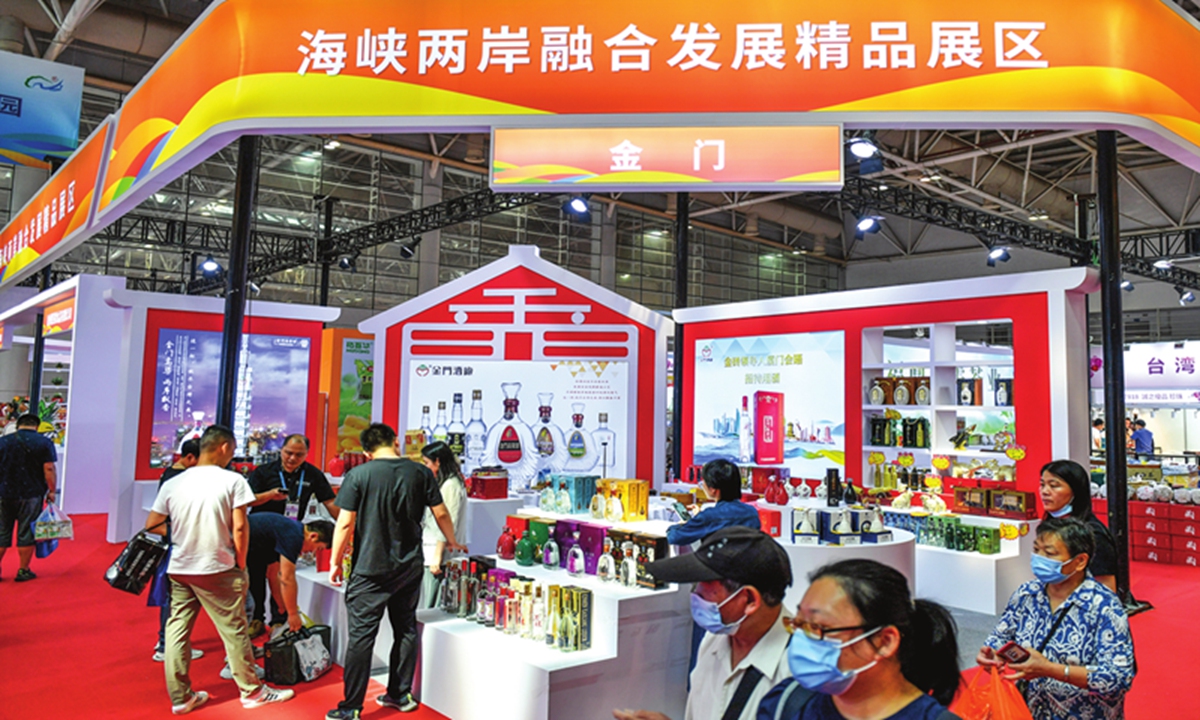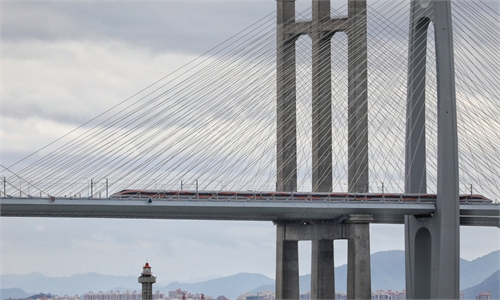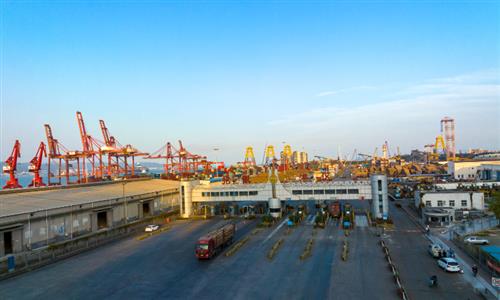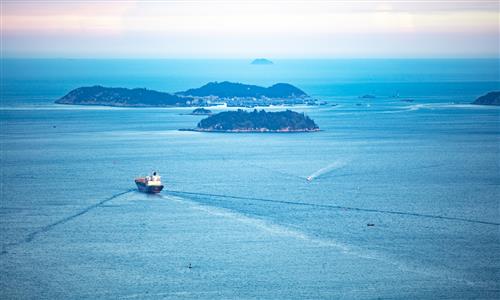Nation promotes Fujian in exploring new path for cross-Straits integration, eyeing IC development
Taiwan industry groups embrace stronger tech ties, vowing to expand mainland investments despite US headwinds

Visitors browse products showcased by Taiwan compatriots at the Sixth 21st Century Maritime Silk Road Exposition and the 25th Cross-Straits Fair for Economy and Trade in Fuzhou, East China's Fujian Province on May 22, 2023. Photo: VCG
The Chinese mainland has vowed to support the high-quality construction of a cross-Straits industry cooperation pilot zone for integrated circuits (IC) in East China's Fujian Province, adjacent to the Taiwan island.
This initiative is part of the endeavors by the central government to enhance technological collaboration and extend policy support to enterprises across the Taiwan Straits.
Players in Taiwan's industry groups welcomed these actions, expressing anticipation for increased involvement in the technology supply chain and industry chain integration with the mainland.
As heightened US long-arm jurisdiction over the chip supply chain has disrupted the industry and significantly affected the island's economy, business leaders in Taiwan are urging closer collaboration with the mainland to counter external disruptions in the sector.
Four major government departments and ministries in the mainland - the Ministry of Commerce, Taiwan Work Office of the Communist Party of China Central Committee, National Development and Reform Commission and Ministry of Industry and Information Technology - on Tuesday jointly issued a notice on new measures to support Fujian in exploring new paths for integrated development across the Taiwan Straits.
The mainland will support the high-quality construction of a cross-Straits IC industry cooperation pilot zone in Fujian, according to the notice, as part of efforts to boost stronger industrial integration across the Straits.
The notice vows to leverage Fujian's strengths across thriving sectors such as the digital economy and ICs, aiming to establish an industry cluster that integrates the development of Fujian's and Taiwan's key industries, enhancing global competitiveness.
Taiwan businesspeople embraced the new measures on Tuesday, with good expectations for closer technology cooperation among companies across the Straits.
The mainland is a vast consumer market and there are numerous favorable policies for the Taiwan semiconductor industry, such as tax incentives and talent training, Lai Cheng-i, chairman of the General Chamber of Commerce of the Taiwan island, told the Global Times on Tuesday.
"These could provide direct benefits for manufacturing semiconductors, and I believe the development of the industry will significantly contribute to cross-Straits exchanges and cooperation," Lai said.
Lai said that the mainland's industry chain is relatively comprehensive, and overall costs are lower than in Taiwan region. "Therefore, establishing facilities there can contribute to the development of local industries and achieve win-win outcomes," he said.
During the COVID-19 pandemic, Taiwan's semiconductor industry had experienced a surge in exports, reaching a seven-year high in value terms in 2022. The largest export market was the mainland, constituting nearly 60 percent, surpassing the share in the US market, according to media reports.
The need for closer cooperation in the technology sector has been underscored, with the US implementing a technology blockade affecting the mainland and all related businesses, industry insiders said.
The impact of US long-arm jurisdiction over Taiwan's semiconductor industry - particularly last year, with TSMC being a pillar - disrupted the entire chip supply chain, hindering the island's exports of high-end products to the mainland, Teng Tai-Hsien, secretary-general of the Straits Economic & Cultural Interchange Association, told the Global Times on Tuesday.
"This [US disruption] led to a reduction in exports of the Taiwan region to the Chinese mainland in 2023, and it slowed the economic growth of Taiwan," Teng noted.
Considering these challenges, investing and developing in the mainland, particularly in the neighboring province of Fujian, could be a viable solution, Teng said.
Such a process would foster increased exchanges and technical collaboration, and likely contribute to the economic growth of both regions and beyond.
According to TrendForce, the island of Taiwan accounted for about 46 percent of global wafer foundry capacity last year, followed by the mainland at 26 percent.
Mutual benefits could arise from integrated development and collaboration in the semiconductor industry across the Straits, Teng said.
Lu Pen-Chin, president of the Taiwan Compatriot Investment Enterprises Association of Changzhou, who is also a businessperson from Taiwan, agreed that enhancing cross-Straits cooperation and exchanges is imperative.
"With the mainland's substantial economic capacity and rapid development, opportunities abound," Lu told the Global Times on Tuesday, expressing his optimism for increased participation of enterprises from the Taiwan region in the mainland's economic and market development.
Lee Cheng-hung, president of the Association of Taiwan Investment Enterprises on the Mainland, told the Global Times on Tuesday that he sees complementary advantages between the two sides of the Taiwan Straits.
"We expect concerted efforts to strengthen cooperation in the industry chain, enhancing its resilience... given the vast mainland market, it is inconceivable for businesses from the region to overlook or abandon such opportunities," Lee said.



